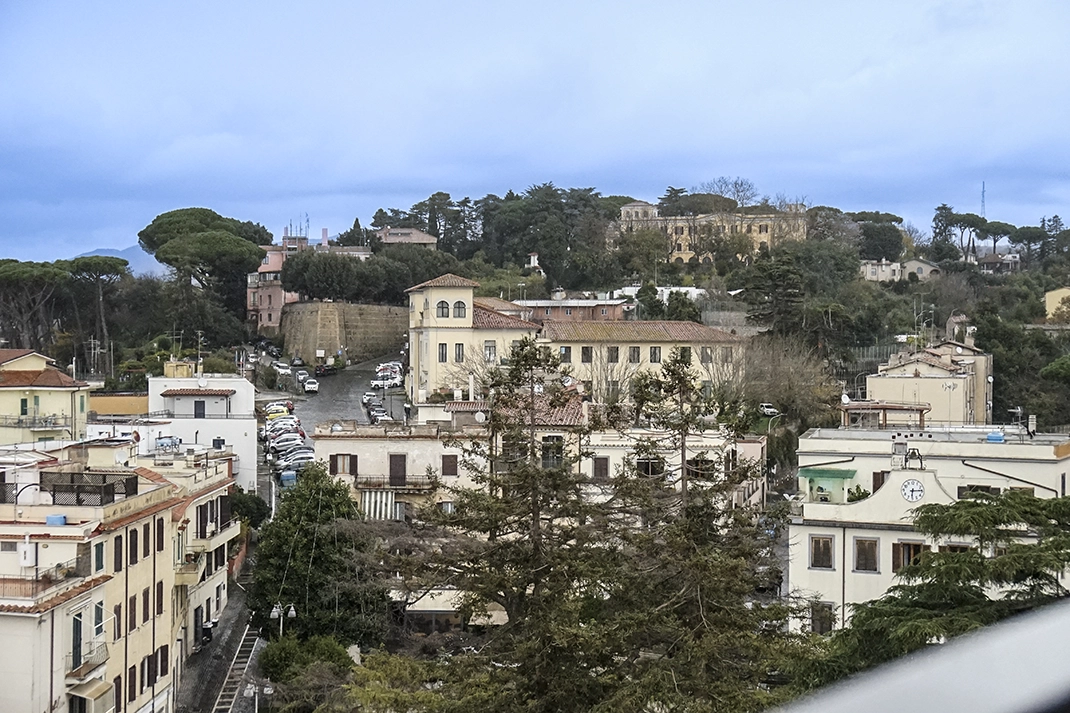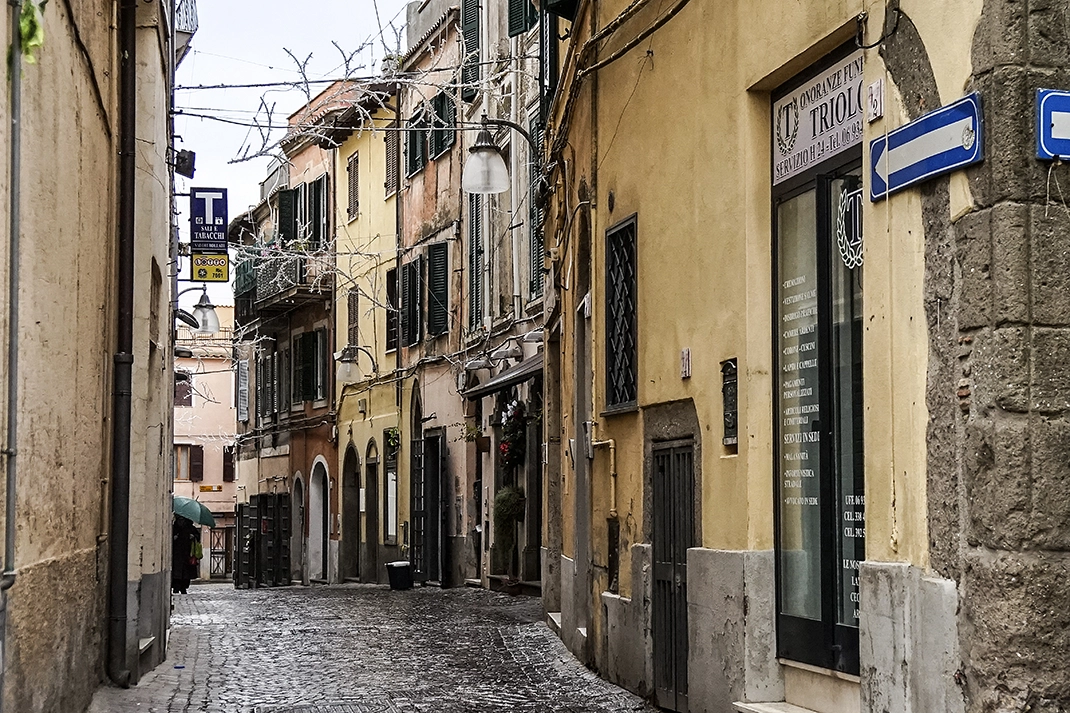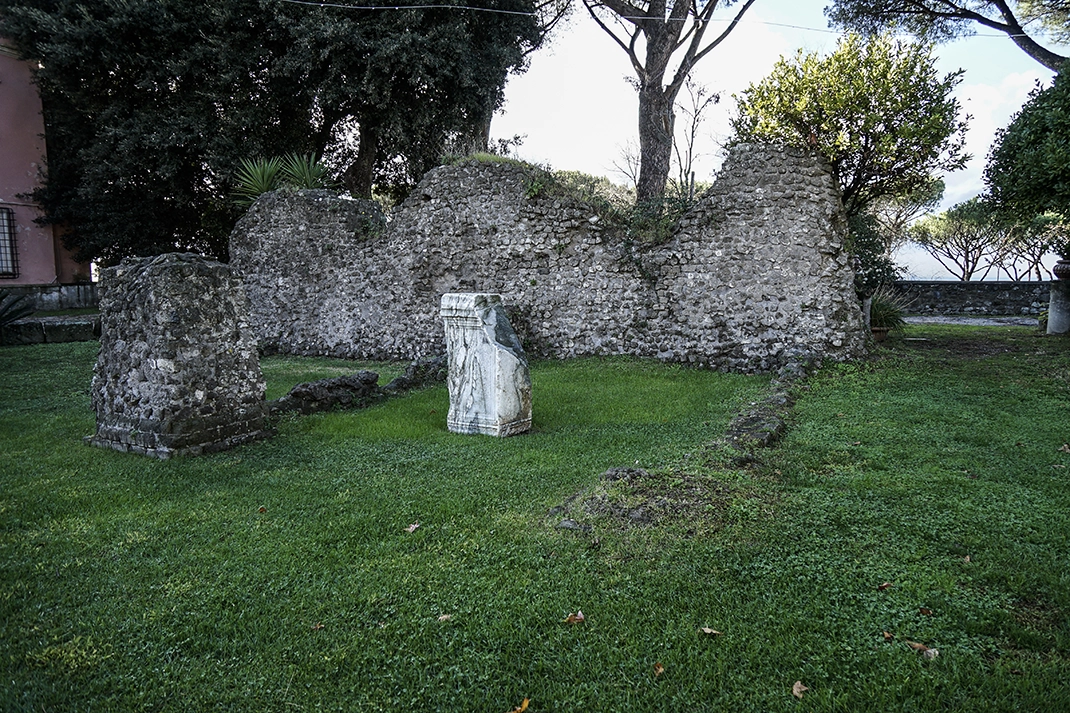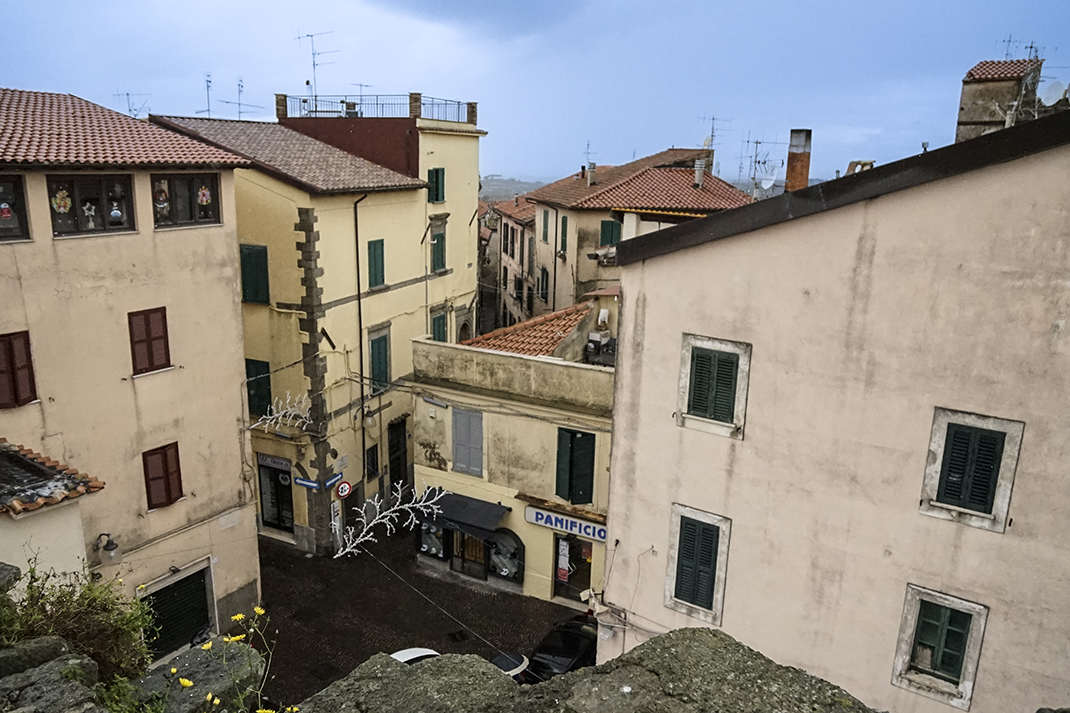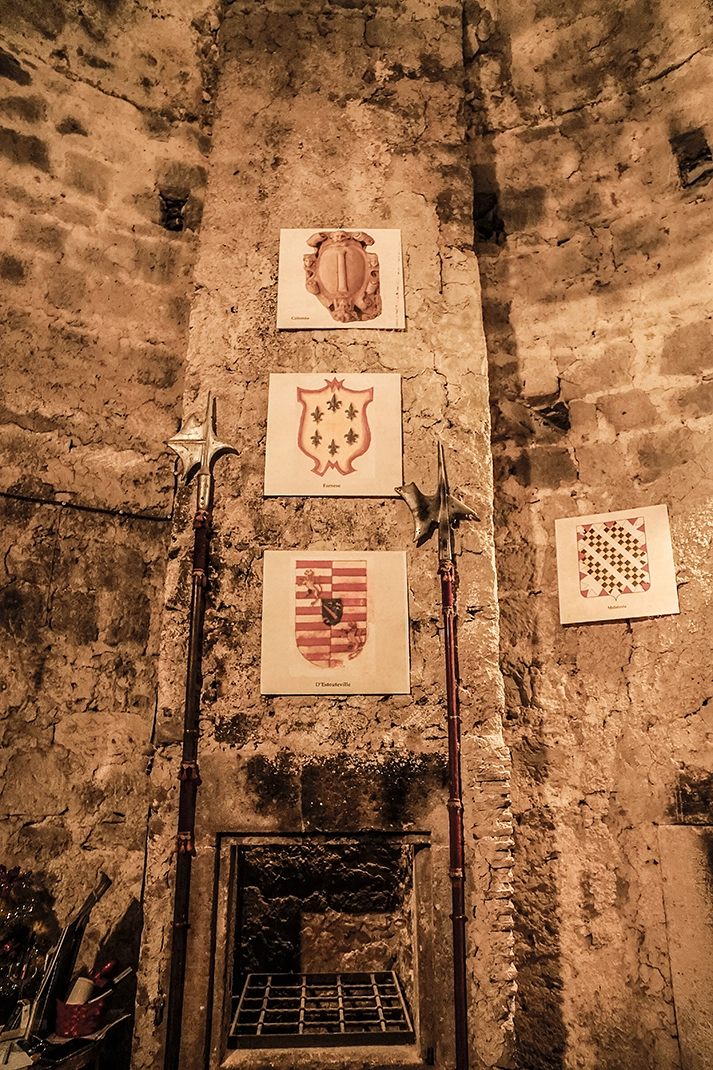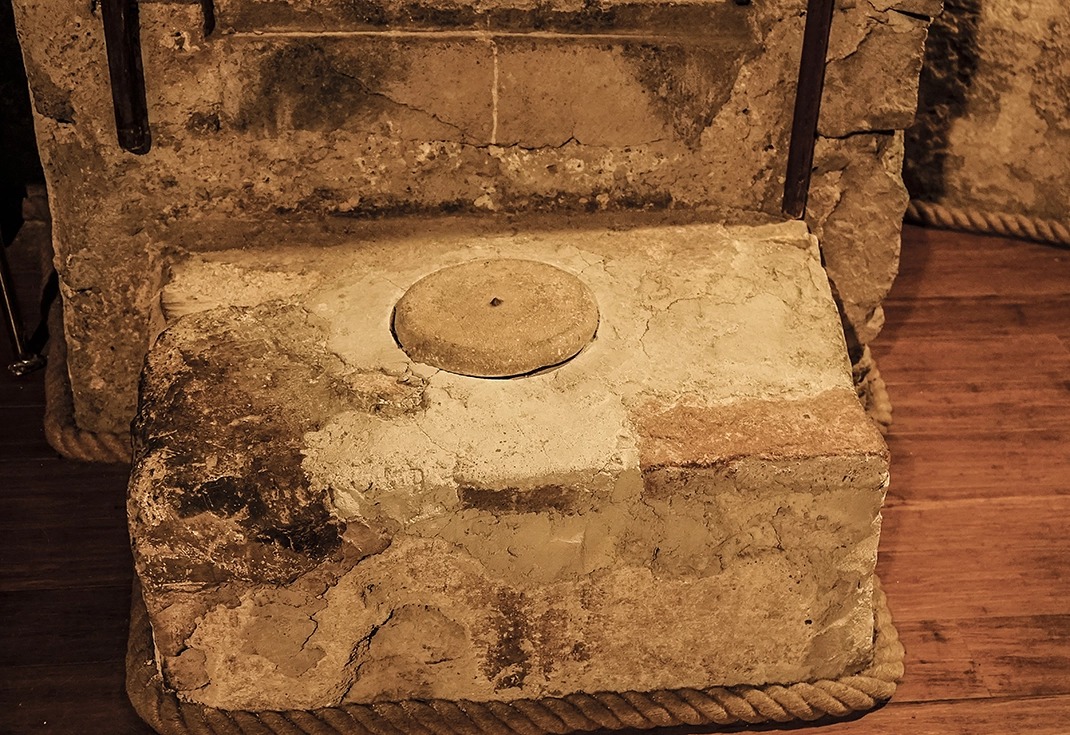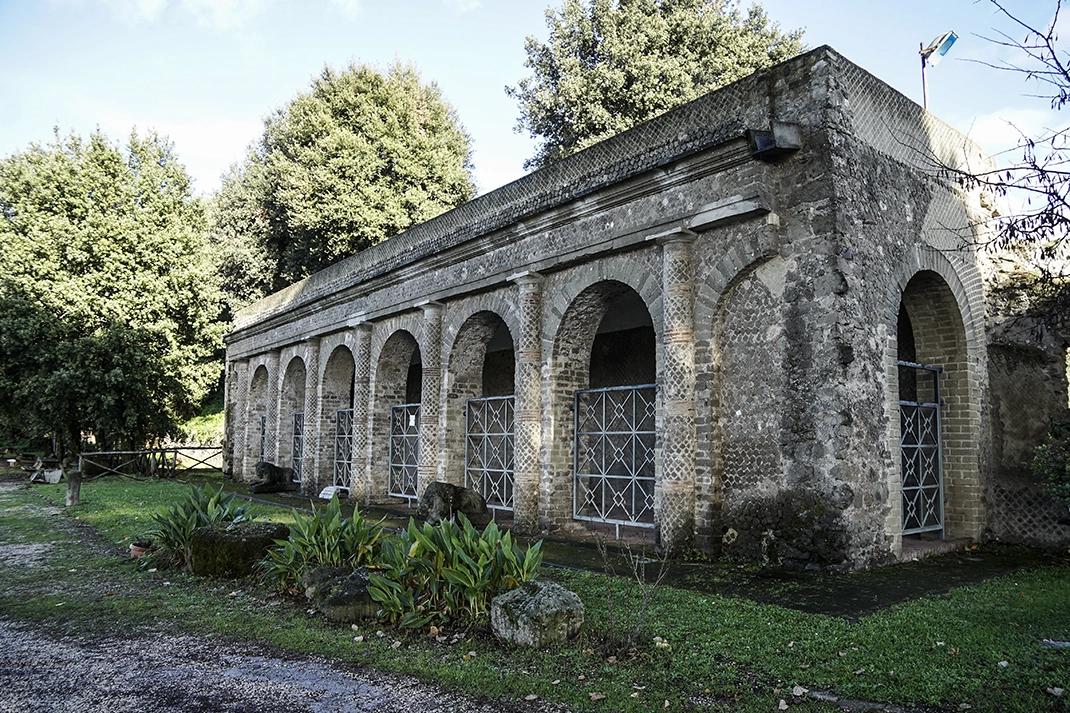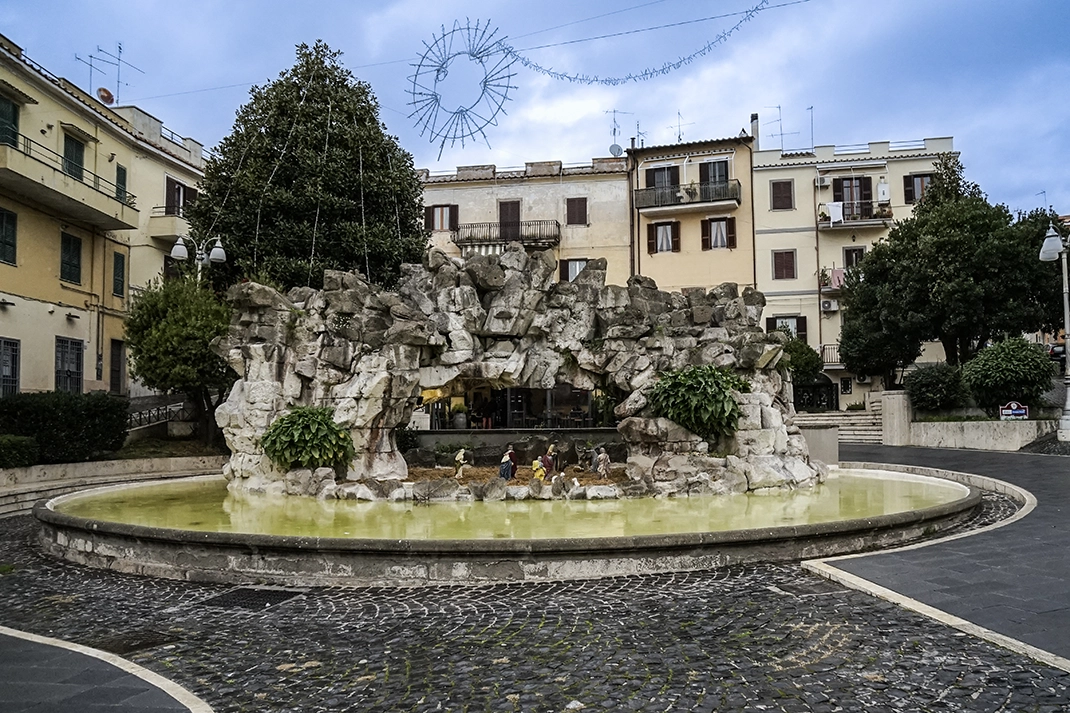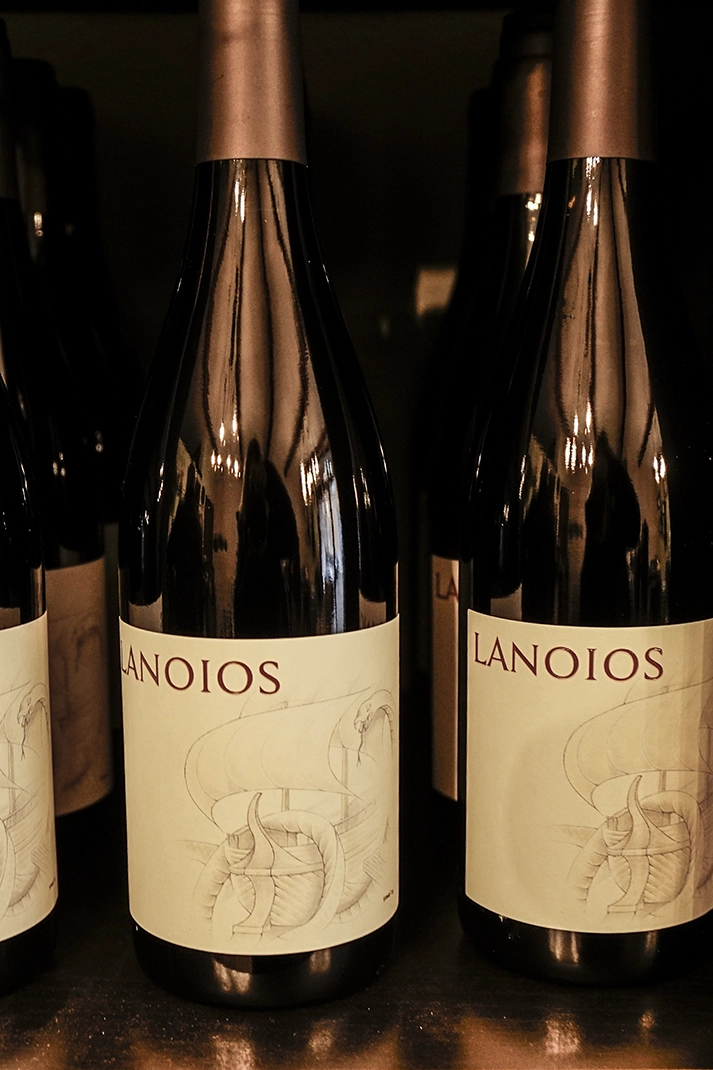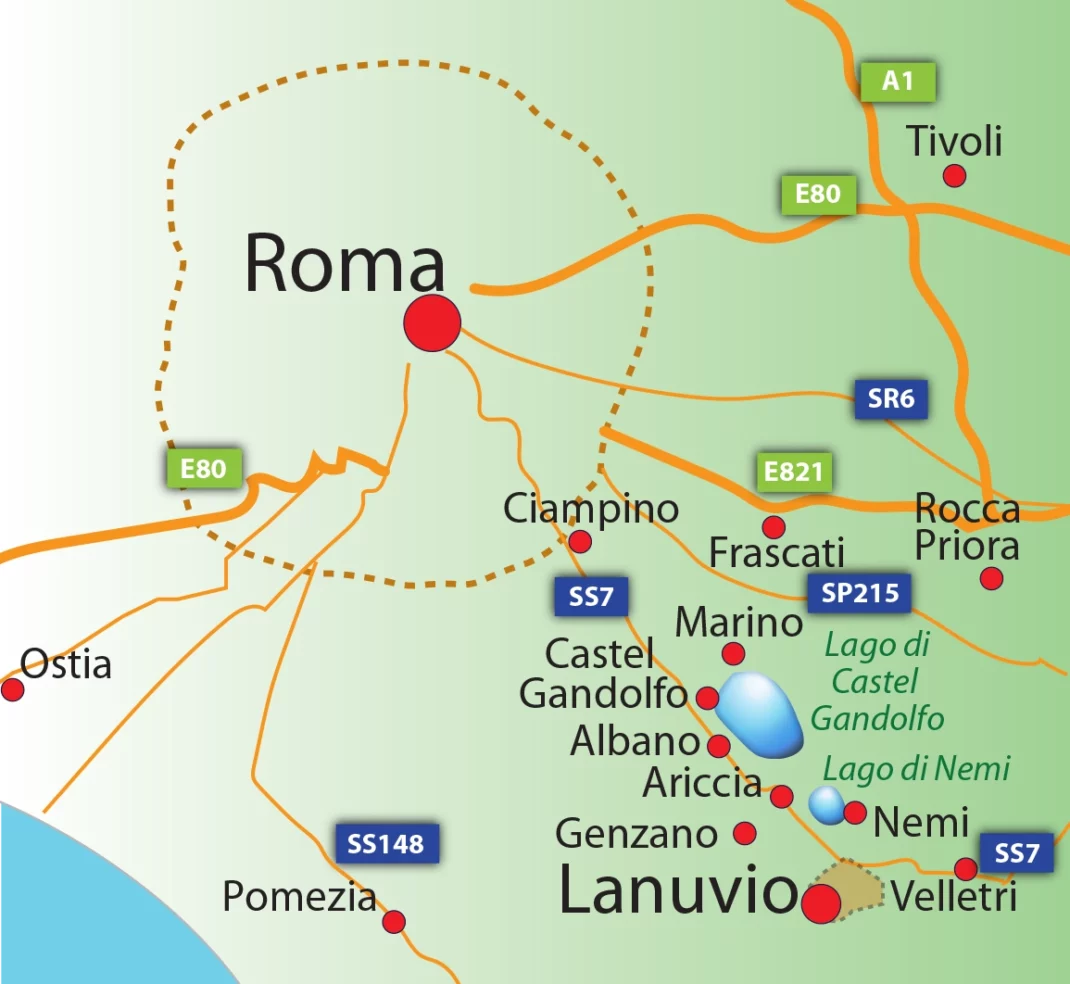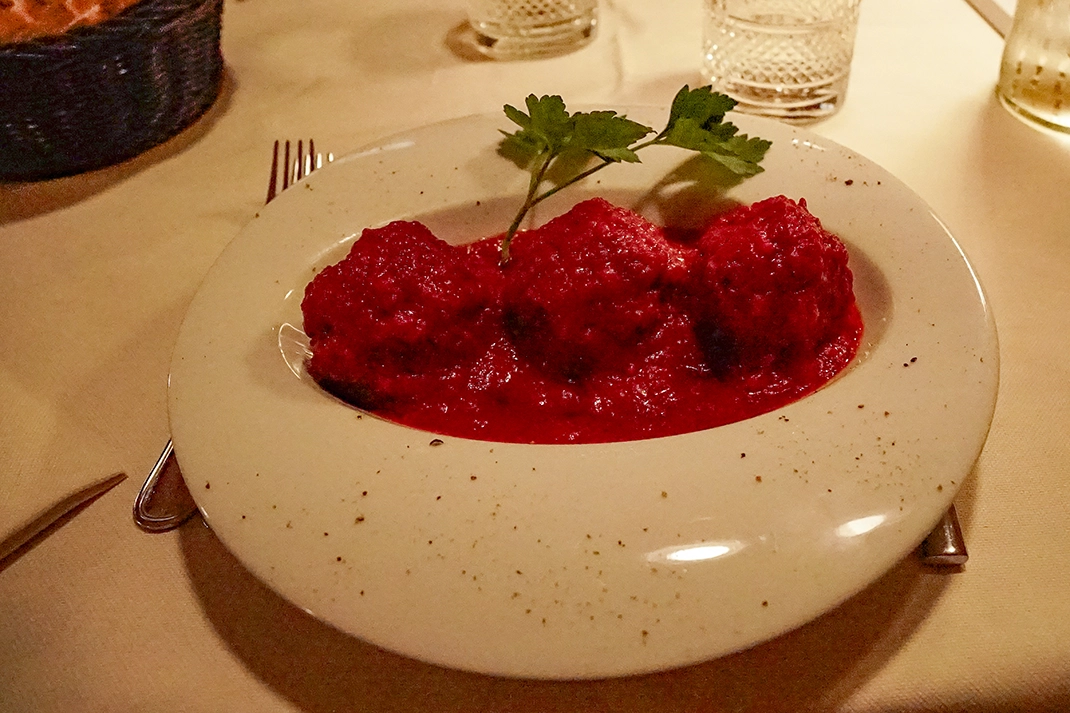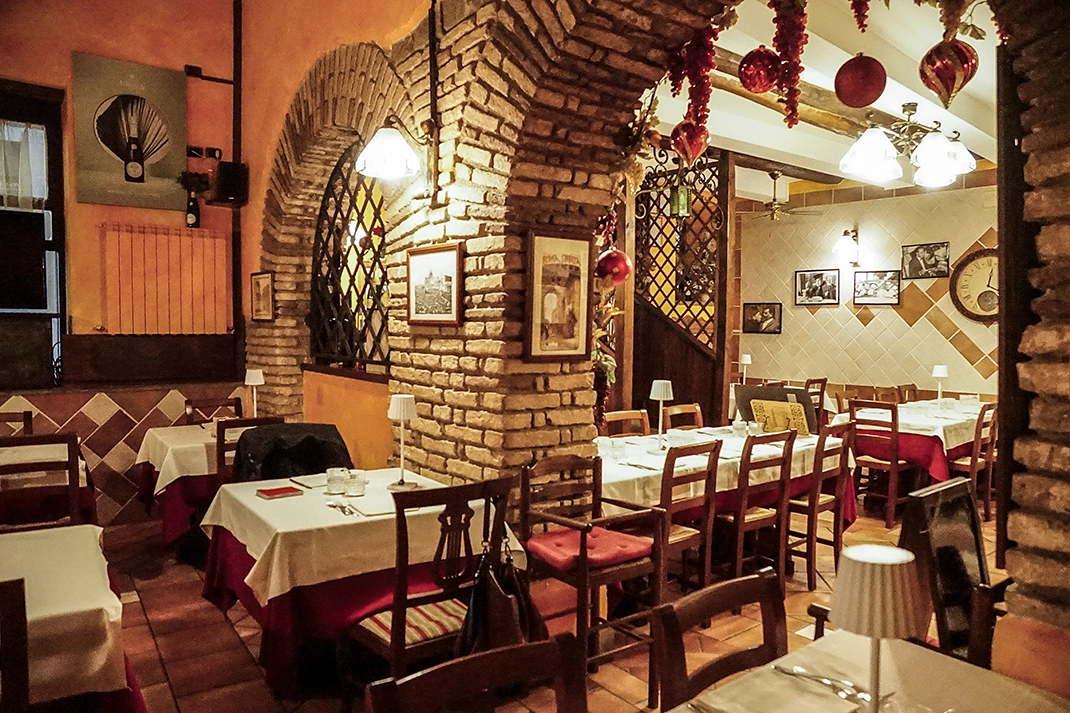

Lanuvio: A towering town worth toasting
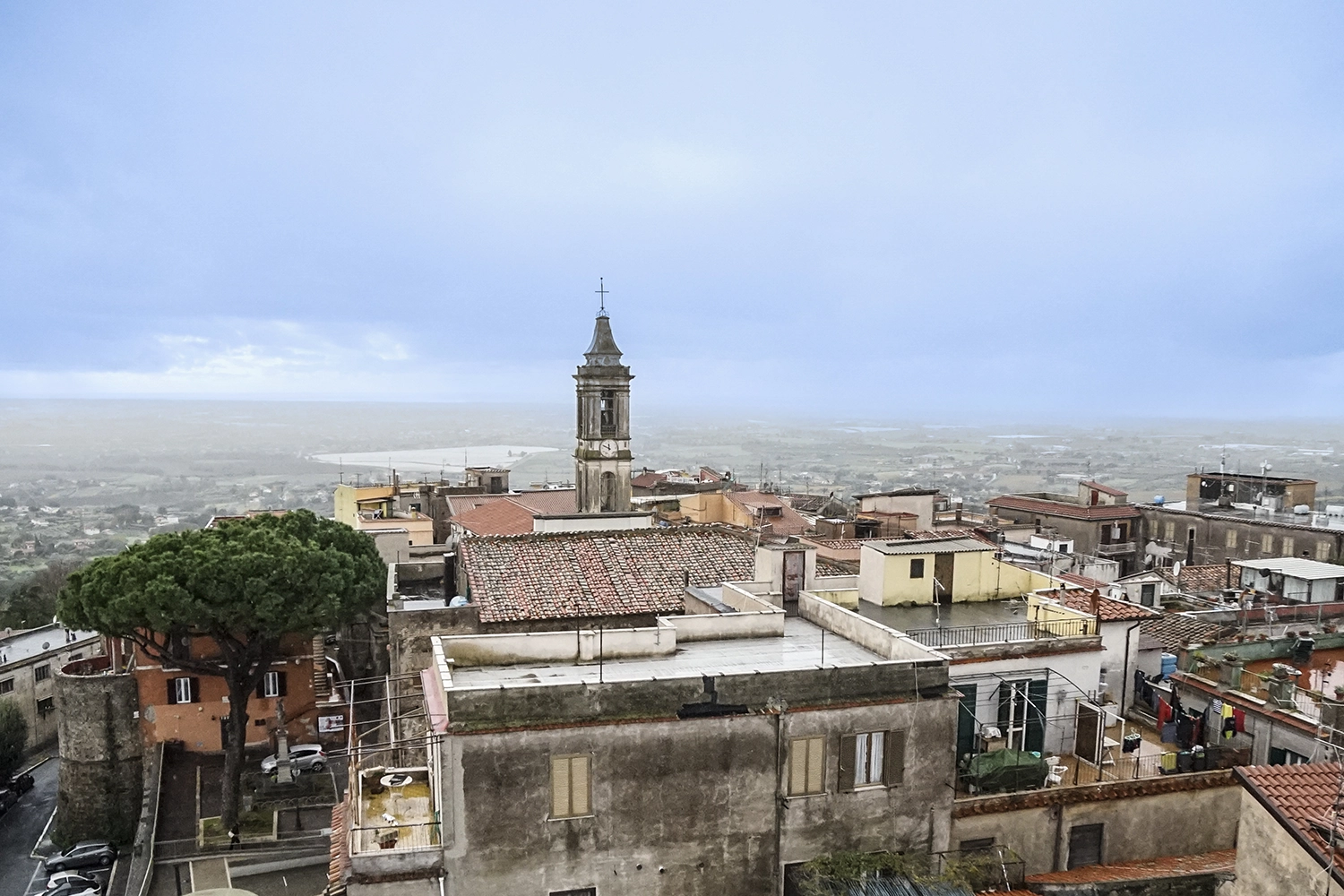
Castelli Romani is a string of small towns in the Alban Hills southeast of Rome. We’ve chronicled many of them, including the most famous such as Ariccia, Nemi and Frascati. But few have the view that the small, lightly trodden town of Lanuvio (pop. 12,800) has.
An 11th century tower, used for defense against the Saracens and later used as a brutal prison, has stupendous panoramic views of the Lazio countryside. If you look close, you can see the vineyards that make some of the best wine in a zone famous for it.
Lanuvio’s Centro Storico is small but charming, made even more so Wednesday with Christmas carols blaring from a loudspeaker over the mostly empty narrow streets. It’s at 1,000 feet (325 meters) elevation so it’s a cool respite from Rome’s steaming summers.
Things to do
1 • Castello di Civita Lavinia. Towering 314 feet (100 meters), the stone tower was built in the 11th century to fight off the Saracens who were running rampant along the Tyrrhenian Coast.
It’s one of four towers that remain of the five that were built at the time. At the enclosed entrance are countless large signs describing the construction and history (in Italian).
For €2 you can get inside where young women describe (in Italian) the small opening into a room that served as a prison in the 16th century and also an oven. Reconstruction took place after an earthquake in 1892 and during World War II bombing raids that leveled most of Lanuvio.
Also there are some torture devices used for petty prisoners. Oddly, just outside at the entrance is a guillotine that was never used. In fact, the blade is wood. A narrow staircase leads up to two levels that offer terrific views of the Lazio countryside. Save your photos for the third floor where you have unobstructed views. That tower’s defense purposes ended in 1564 when the Cesarini family bought the town, then known as Civita Lavinia.
2 • Villa Sforza Cesarini. Lanuvio has numerous archaeological sites. One of the best preserved is the Acropolis Lanuvina.
Step in free off Via Sforza Cesarini not far from Centro Storico and you’ll see the ancient portico dating back to the 1st century B.C. It is six archways encased in a long structure held up by Doric columns.
The building frames a long grass field with wooden picnic tables and excellent views of the countryside below. In one corner is also an entry to a dog park.
3 • Fontana degli Scogli. In the center of town in Piazza Carlo Fontana is a huge fountain called Fontana degli Scogli (Fountain of the Rocks). It’s a big pool under a big arch of massive rocks that somehow stay aloft. It was built in 1675 by architect Carlo Fontana.
Hailing near the Northern Italian city of Como in the town of Brusato, now part of Switzerland, Fontana (1634-1714) worked mostly in Rome and began as a draftsman for the famed architect Gian Lorenzo Bernini. Fontana later finished Bernini’s Palazzo Ludovisi, now the seat of Italy’s Chamber of Deputies.
Lanuvio wine better by the sea
Every town in Castelli Romani seems to have its own local wine. What makes the wine in Lanuvio special? The sea. No town in Castelli Romani is closer to the Tyrrhenian Sea. The distance is only about 12 miles (20 kilometers). The salt in the air over the vineyards creates a natural acidity in the grapes which enlivens the wine and makes it more crisp. Also, the volcanic soil all over Castelli Romani provides natural ingredients that prevent headaches, unlike American wines.
We stopped at the Di Marzio winery, a cork pop from the tower. It’s a small winery, one of five in and around Lanuvio. Di Marzio produces only 10,000 bottles a year but I had a terrific white wine called a Vallefiara. It’s 70 percent Malvasia and 30 percent Trebbiano Toscano and terrifically crisp with flavors of yellow fruit. My favorite was the red Lanoios. It’s 100 percent Merlot, which in the U.S., often means headaches within two hours. This tasted much more than a regular table wine, with heavy doses of red fruits and herbs. Best part? I bought a bottle off the shelf for only €15.
Info: Di Marzio, Via Monsignor Valerio Massaccesi 5, 39-06-8354-3908,
www.aziendaagricoladimarzio.it
info@aziendaagricoladimarzio.it
9:30 a.m.-12:30 p.m., 4:30-7 p.m. Tuesday-Saturday.
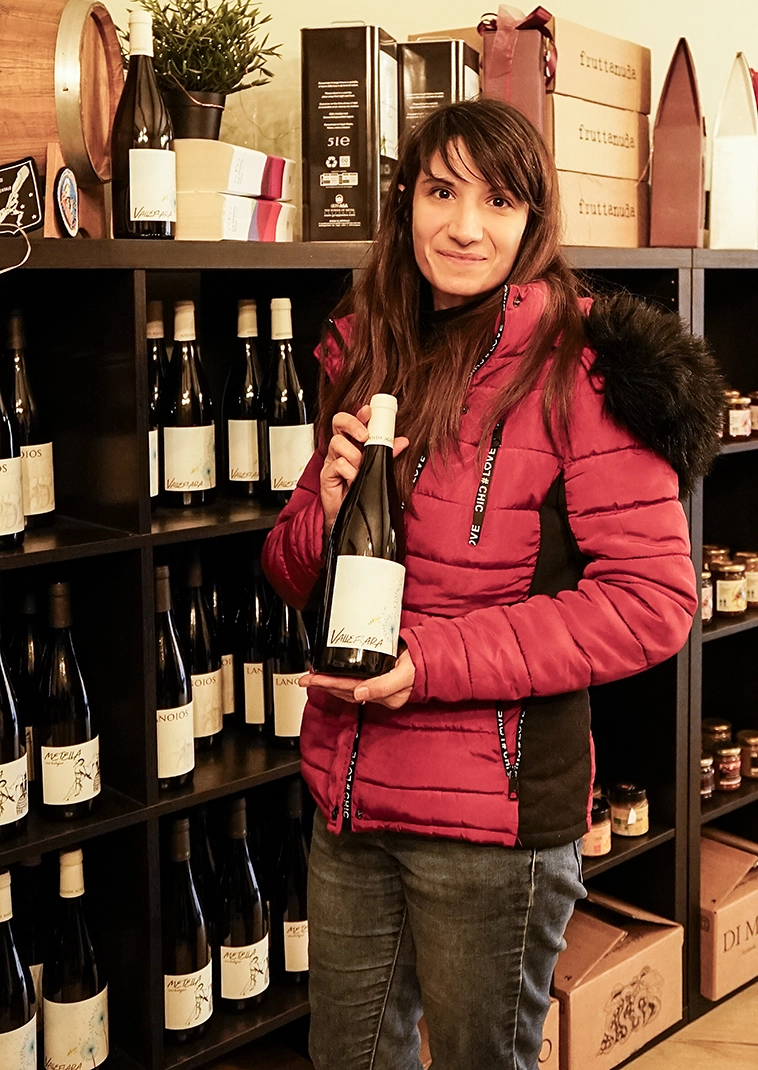
Where is it:
30 kilometers (55 miles) southeast of Rome.
How to get there: Numerous direct trains leave from Rome’s Termini station to Lanuvio. The 45-minute trip is €3.
For more information:
Visit Castelli Romani,
Viale Giuseppe Mazzini 12, Genzano di Roma, 39-06-939-56065,

